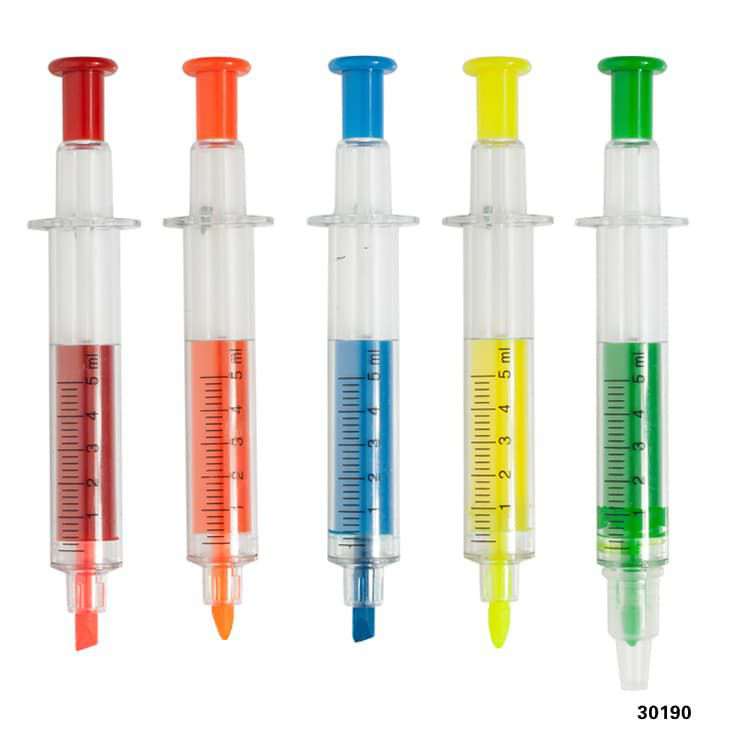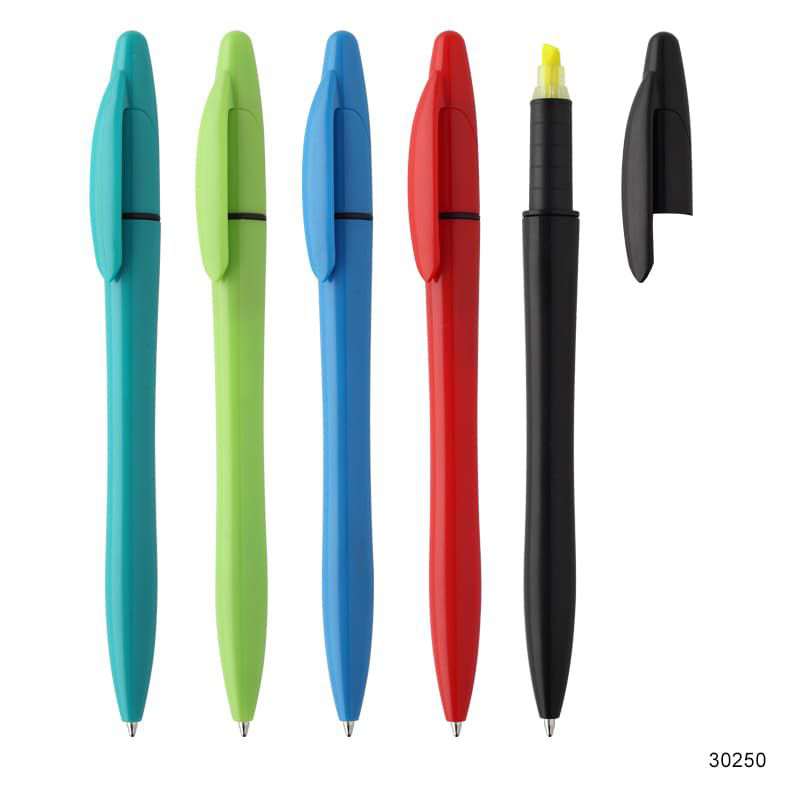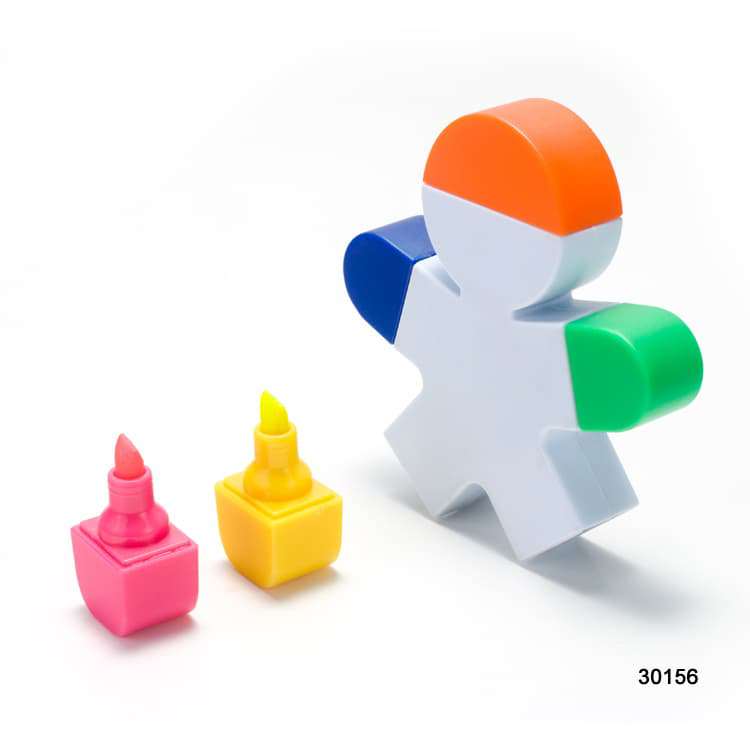A marking pen or permanent marker is a form of marker pen that is utilized to generate everlasting writing on paper or any other objects. A marking pen’s liquid is usually resistant to water, and include solvents such a alcohol and toluene, and has the capabilities of marking on an array of surfaces ranging from simple paper to stone or even metal. Marking pens have many different tips ranging from very fine to very wide, shapes comprising points, wide bristle or bullet tip and colors like ultraviolet, metallic and non metallic. Pens emanate involatile organic components, just like spray paint. Contemporary pens nowadays are also made with recyclable plastic.
It is almost impossible to rid of stains caused by pens, but if caught in time, the stain may be thinned out by utilizing a paint thinning solvent.
Today, there is a multitude of pens brands available in the market, but the most familiar to many people would be the Magic Marker, the brilliant invention of Sidney N. Rosenthal in 1952 and was later produced and endorsed to the public by Speedry Chemical Products Inc.
Sidney N. Rosenthal filed for the U.S. Patent No 2713176 on April 22nd, 1953. This apparatus was described as a marking implement comprising a reservoir made of glass for the containment of ink and is affixed to a nib construction that would permit the pen to be immediately usable at any given time even when not used for a long time.
The marking pen Magic Marker culminated as the registered trademark of Speedry Products Inc in 1957. The pens produced by Speedry was described as ‘a felt nib marking pen’ which comprised minute jars for ink and sealed with caps.
There is one more famous marking pen which is known and used by many. Called the Sharpie, it is a trademark of the Sanford Ink Company. The initial Sharpie marking pen made its debut in 1964, and the term ‘Sharpie’ was commercially used in May 1964. The history behind the Sharpie is quite interesting; in March 1944, Walter J. De Groft filed for a patent describing ‘a marking pen equipped with a handle part which formed a liquid container and a nib of a permeable element for application of liquid to be marked’. This is actually a few years before the invention of the magic marker.
Pens are used for a variety of purposes; in art, artists use this device liberally to sketch and create portraits. In schools, marking pens are also used for art purposes, as the wide nibs allow children to create big pictures using interesting colors. People use pens when marking boxes when they move. Pens can also be used for promotional marketing purposes, given away as advertising items to existing clients and to attract new ones.
In short, what would our lives be without these magic marking pens?


